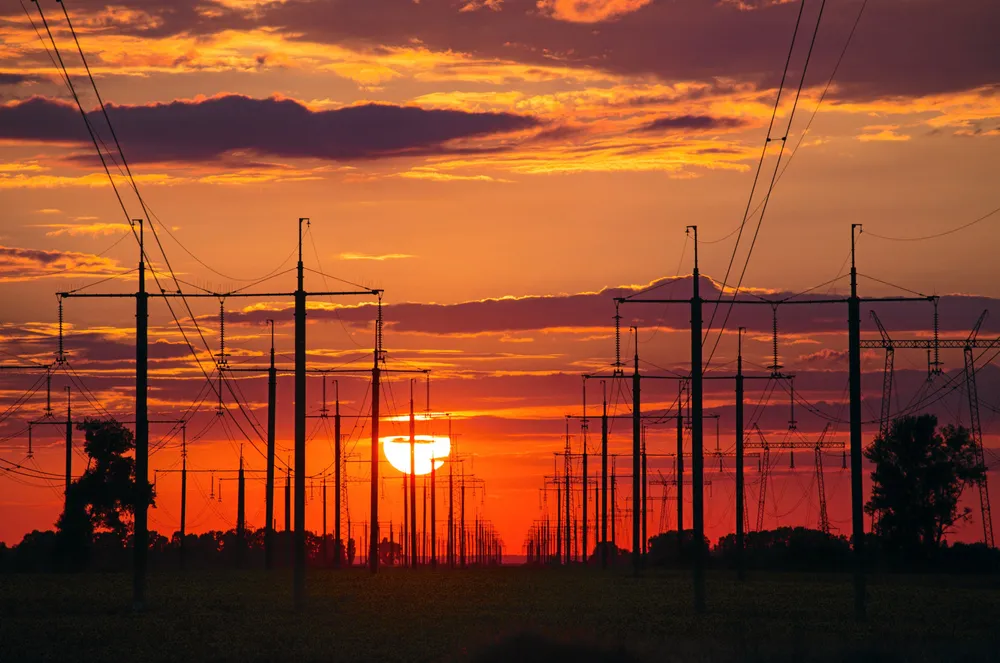Texas grid interconnection queue surges as investors rush to install solar and battery storage
Meeting a surge in power demand from bitcoin mining, data centres, heavy manufacturing, and population growth, will require more delivery capacity

Main Texas grid operator Ercot reports that its generation interconnection queue had ballooned to 355.4GW on 31 May with 85% of tie-in requests comprising grid-scale solar and battery storage, both standalone and paired in the sprawling US state.
“Not all of these projects will likely be built, but it shows where market interest lies at this time,” Ercot said in its monthly system report for June.
Solar projects in the queue totaled 154.2GW, followed by battery storage (149GW), wind (33.9GW), and natural gas (15.9GW). There were no coal and nuclear projects.
The numbers suggest investors view solar and battery storage as more cost-effective and profitable to build and operate to help meet a projected surge later this decade in interconnection requests from large electric loads.
These include bitcoin mining, data centres, hydrogen and hydrogen related manufacturing, and liquid natural gas plants. Texas’s population growth is also among the highest of all 50 states.
The state’s booming energy intensive $2.5 trn economy (nominal at 2023 prices) is also expected to increasingly electrify, although this process could require decades given limiting factors such as generation and transmission capacity and electric vehicle charging infrastructure.
Transmission congestion costs this year through May were about $900m, up roughly $100m from a year earlier. Congestion is a growing problem, although one that is recognised by Ercot’s leadership which has approved several capacity additions and has various others under study.
Ercot, which serves 90% of the state’s electric load, has more clean energy installed within its service territory than any US power market. On 1 January, there was 38.9GW of wind capacity available, 22.2GW of large solar, and 5.3GW of battery storage.
Texas this year is expected to surpass California with the most installed large solar capacity and is fast catching up with battery storage. Among the reasons are faster project permitting and siting, fewer zoning restrictions, lower cost of doing business, and a liquid market in Ercot that facilitates offtake arrangements.
The popularity of large solar does not correlate with market share in Ercot where natural gas and wind have 44.3% and 25.2% of installed generation capacity. Solar has 13.2%.
Large solar also ranks fifth in supply of electricity behind natural gas, wind, coal, and nuclear.
Excluding federal tax credits, solar with tracking, onshore wind, and combined cycle gas turbines have roughly the same levelised cost of energy in the US, according to BloombergNEF.
With lucrative credits, which the 2022 US climate law renewed long-term, renewables are cheaper in most regions including Texas (natural gas does benefit from certain federal tax breaks as well).
Partly for that reason, the Republican-controlled legislature last year passed several laws to “level the playing field” between natural gas and clean energy. Texas is the leading state producer of natural gas.
Lawmakers were also concerned over the intermittency of solar and wind, and with growing retirement of coal plants, the state would not have enough baseload power available to meet demand during increasingly hot summers.
Senate Bill 2627 provides financial support for dispatchable facilities via a $7.2bn fund comprising zero- or low-interest loans, grants, and completion bonuses for unit upgrades, which will be mainly natural gas. The statute currently supports up to a maximum of 10GW of new generation build with the allocated funds.
The Public Utilities Commission, which regulates the industry, has received 125 notices of intent to apply for a low-interest load to help finance construction of new thermal generation resources. In total, companies filing the notices are requesting $38.9 bn for 55.9GW of dispatchable resources.
(Copyright)